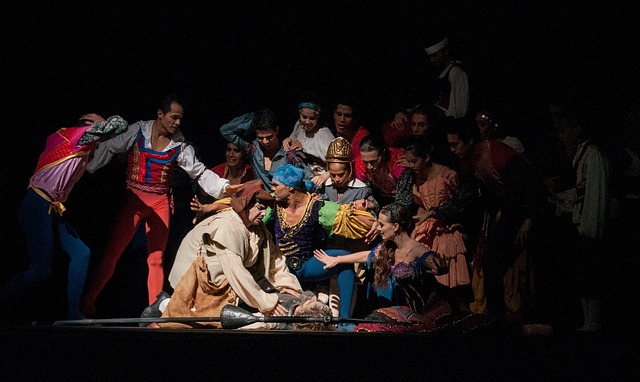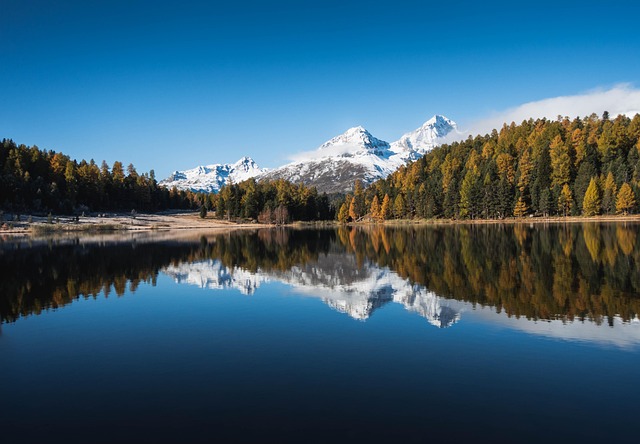When we think of rock ‘n’ roll, the first things that often come to mind are high-energy performances, iconic riffs, and the palpable thrill of a live concert. However, there’s an invisible force amplifying this raw explosion of sound: scenography. This multidimensional art form transforms ordinary spaces into pulsating realms of musical expression, deeply entwining itself with music culture and ultimately enhancing the party experience.
In the world of rock, scenography is more than just aesthetic flair; it’s an essential element that brings the music to life. From the grandiosity of stadiums hosting legendary bands to the intimate corners of underground bars, the way a space is designed can significantly impact the audience’s emotional experience. Imagine standing in front of a massive stage lit with vibrant colors, surrounded by colossal video screens that pulse alongside the music—it’s a sensory overload that deepens one’s connection to the performance.
Scenography in rock music culture often mirrors the various musical genres that have shaped it. Take, for instance, the stark contrasts between a heavy metal concert and a folk-rock event. A heavy metal show might be dominated by sharp, angular set pieces, dark thematic elements, and intense lighting effects, creating a sense of chaos and urgency. Conversely, a folk-rock gathering may embrace organic materials and warm lighting that conjure intimacy, providing a cozy environment that invites storytelling. In both cases, scenography sets the tone and enhances the audience’s immersion in the music.
The party atmosphere that rock concerts create is also deeply influenced by scenography. Festivals, such as Coachella or Glastonbury, are not merely about the music; they are immersive experiences where art, design, and live performances converge. Scenography in these festivals shapes everything from the vendor layouts and stages to the unique interactive art pieces scattered throughout the grounds. These thoughtfully curated environments encourage attendees to engage with the music and each other, creating a sense of community that resonates long after the last note fades.
Moreover, scenographers often collaborate with musicians to produce thematic experiences that tell a story throughout the concert. For example, the elaborate productions behind bands like Pink Floyd or Muse utilize elaborate stage designs and visual effects to create a narrative journey that enhances the musical experience. These performances transcend mere concerts—they are spectacles that draw the audience into a world where sound and visuals intertwine.
The significance of scenography in rock music culture cannot be understated. It’s a bridge that connects the auditory and visual experiences, creating unforgettable memories for fans. As we continue to explore the evolving landscape of music, we must keep in mind that it’s not only the sounds of rock that captivate us, but also the stories that unfold in the spaces where we enjoy them. So, the next time you’re at a concert, take a moment to appreciate the scenographic elements around you—after all, they are the unsung heroes of the rock ‘n’ roll spectacle.


